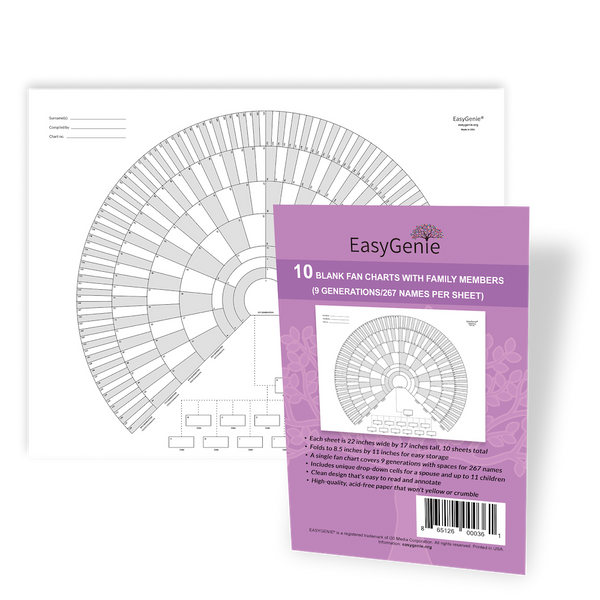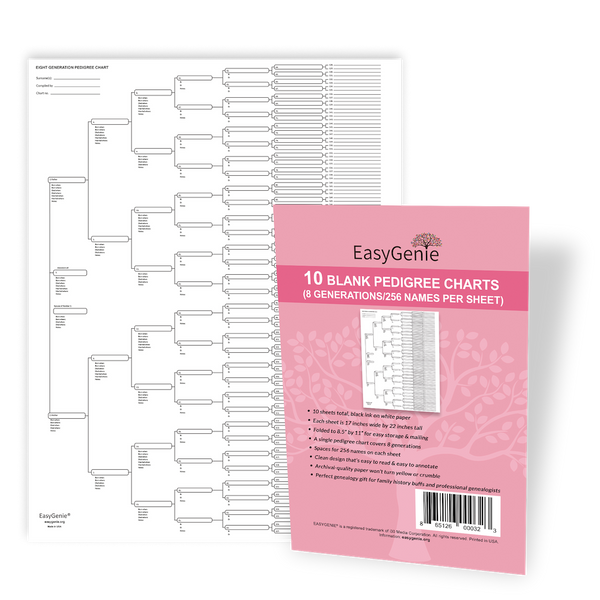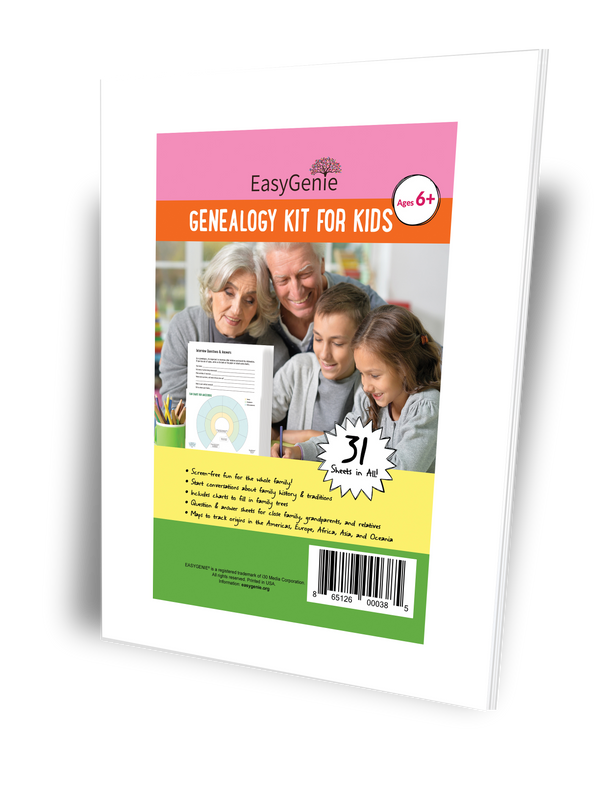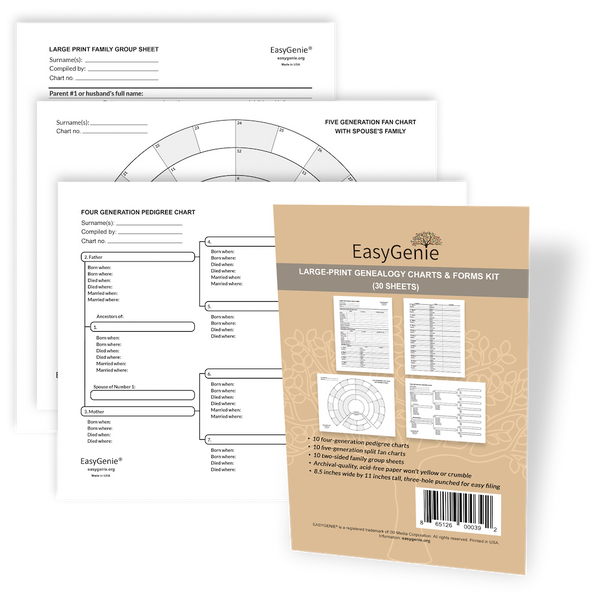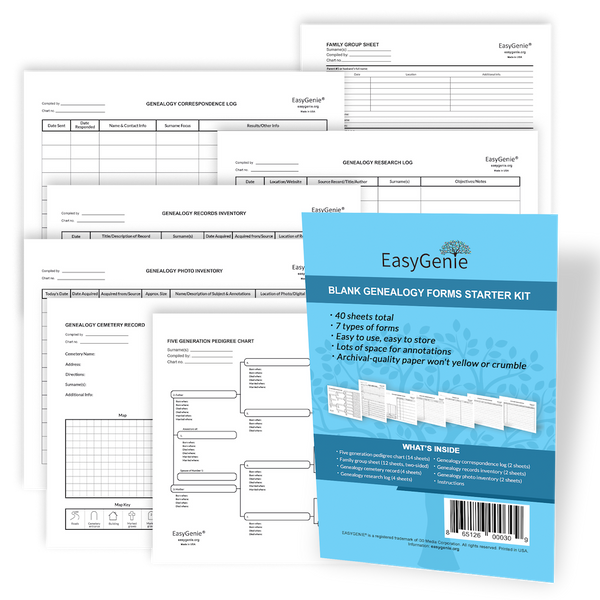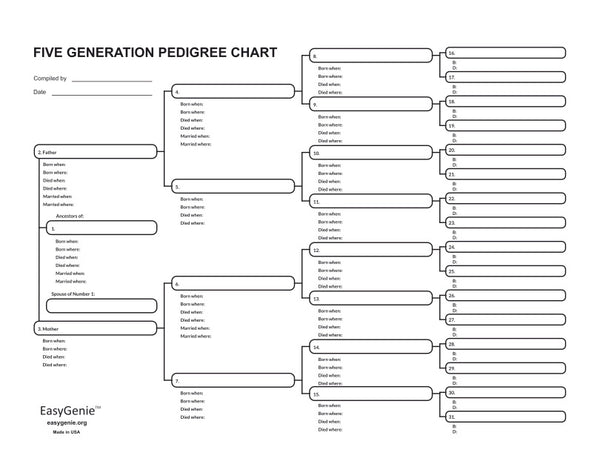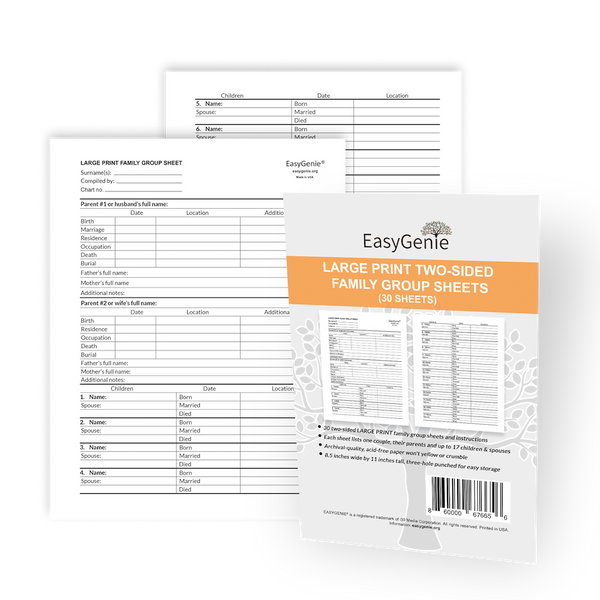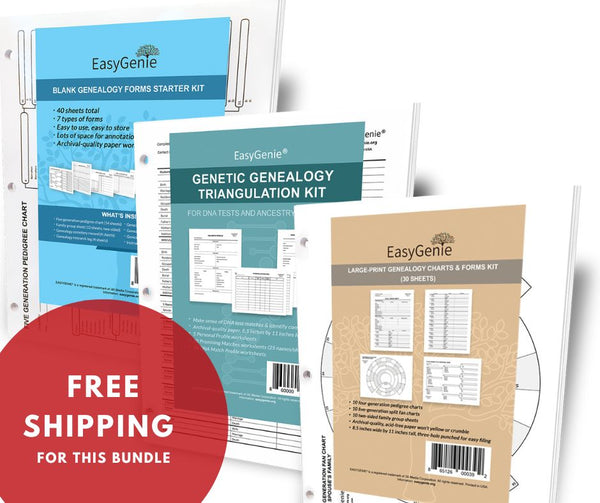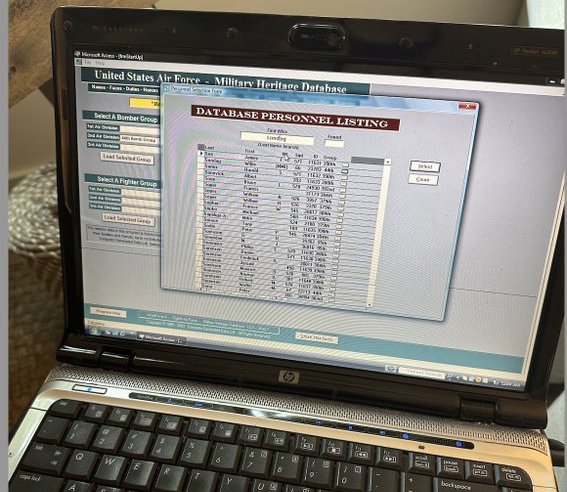
Digital reality check: CD-ROM database of WW2 airmen can only be opened on Windows 98
Ian LamontLast fall, data scientist and amateur World War 2 historian Mara Truslow Storey shared the picture of an ancient laptop on her social media account, along with a plea for help:
“Booted up my 16-yr-old high school laptop to open a WWII database that lives on a CD, works only on Windows 98, & exists nowhere else. The creator is dead. Need help to save the data from technological oblivion. At stake are stories of 5k airmen who fought Hitler from sky.”
The database was originally compiled to a Microsoft Access database and published on a CD-ROM, a format that is no longer used. Part of the database also lived on the Web, but it was taken down.
Now, a 1990s-era piece of plastic is the only source for all of the data, including thousands of photos like this one, of Mara’s own grandfather:

“This database is how I first found my own grandfather Wally’s missions - in 2018 - 20 years after he died & took his war to the grave,” she posted. “This data - his missions - were the only portal I had into his story. Like millions of others, the NARA file burned in the ‘73 fire.”
The good news: Mara has gotten offers of help, and the data will be extracted and preserved – hopefully online, where others can access the photos and stories for thousands of allied airmen.
Reality check: Digital data won’t last
For every happy ending such as Mara’s, there are a hundred others that die quiet deaths every year. Genealogy blogs. Online family trees. Obscure databases for shipping records or local newspapers. Hard drive or cloud archives maintained by a single person, whether a genealogist or town historian.
When the people who maintain these resources die, the data dies, too, once the online account expires, the tech company discontinues service, or the format is no longer supported, like the CD ROM:

People assume that PC drives, cloud backups, phone apps, email programs, and our Ancestry accounts will keep our precious genealogy data around forever. They won’t. Most of it will no longer be readable or accessible by our descendants in 20 or 30 years, unless we make plans now. And expensive, tech-heavy plans such as the WordPress 100 year archive are not realistic.
I've said it before, and I'll say it again: Paper genealogy records and genealogy PDF printouts are not only easy to use, they will preserve core data, family stories, and research notes that you can refer to for decades to come, pass down to the next generation, and share with relatives who do not have access to Ancestry or other types of genealogy apps. Share them widely and often - even though we won’t be around in 100 years, our genealogy will.
